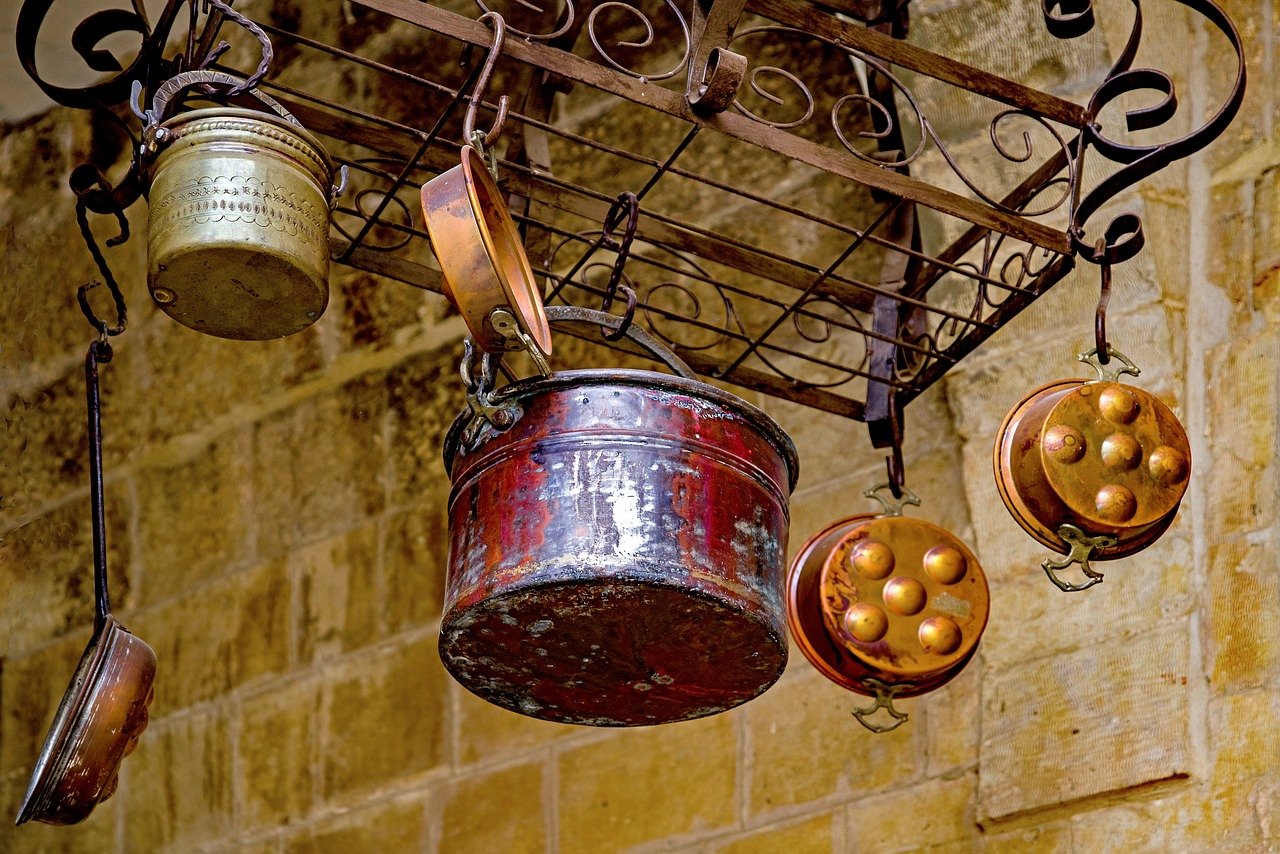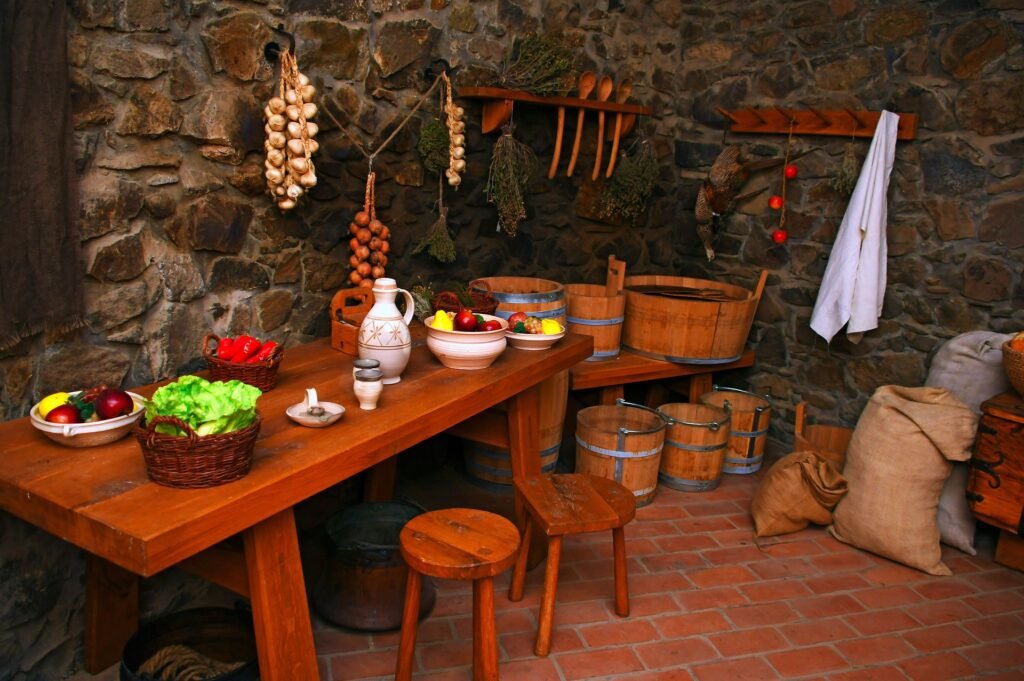From ancient practices to modern innovations, join us on a captivating jorney behind the kitchen’s rich history in our upcoming blog series. Stay tuned as we uncover blog series. Stay tuned as we uncover the secrets that have transformed the heart of every home – kitchen.
A Dive into Kitchen History
Studying the history of the kitchen involves exploring, appreciating, and even celebrating the culture of domestic life. In all its diverse orms and functions, the kitchen is a space cmmon to all people. It mirrors the practical challenges presented by daily needs, while also showcasing the human ingenuity and innovation that shape the disseminate domestic culture.
Cooking methods
In biblical times, kitchens were much simpler compared to modern kitchens. The design and functionalitz of kitchens were influenced by the available materials, technology, and cultural practices of the time.
Cooking methods in biblical times included roasting, boiling, and baking. Open fires were commonly used for cooking, and pots or pans were placed directly over the flames. Grilling and outdoor were also prevalent.
Modern kitchens have a wide range of cooking methods, including stovetops, ovens, microwaves, grills, and electric appliances. Tha ability to control temperature and cooking time is much more advanced in today’s kitchens.
Video Credits:
-
Creators: Early American
- Link to the Original Video: https://youtu.be/tbSQ8LTle_8?si=gQB9joxMnIjsRy4E
We highly recommend checkin out their channel for more amazing content!
Materials
Utensils and cookware were typically made from materials readily available at the time, such as clay, bronze, or other metals. Stone and wood were also common materials for utensils.
Modern kitchens feature utensils and cookware made from a variety of materials, including stainless steel, non-stick materials, glass, and various types of plactic. Technological advancements have allowed for the production of durable and heat-resistant materials.
Utensils
Common utensils included wooden spoons, knives, and various types of bowls and containers. Grinding stones were used for processing grains, and mortar and pestle were common tools for grinding and mixing.
Modern kitchens are equipped with a vast array of utensils, including specialized tools for cutting, chopping, mixing, and measuring. Electric appliances such as blenders, food processors, and stand mixers have also become ingral parts of the modern kitchen.

Embracing Tradition: A Display of Old-Fashioned Boilers Hanging, a Nod to Classic Craftsmanship and Vintage Ut
Elevate Your Culinary Experience with EsaShopia: Where Quality Meets Kitchen Mastery!
Storage
Food storage was often done in simple containers made from materials like clay or woven baskets. Preservation methods included drying, salting, and fermentation.
Modern kitchens have refrigerators and freezers for long-term food storage. Pantries and cabinets provide space for dry goods, and a variety of containers are used for organized storage.
Social contect
Kitchens were often communal, and cooking was a central activity in the household. Meals were prepared using fresh, locally sourced ingredients.
Kitchens can be both functional and social spaces, but the design and layout have envolved to accommodate the demands of modern life. Convenience and effiency are often emphasized.
Conculusion
Whiule the basic functions of preparing and cooking food have remained constant, technological advancements, changes in lifestyles, and cultural shifts have transformed kitchens into the multifunctional and tecnologically advanced spaces we see today.

